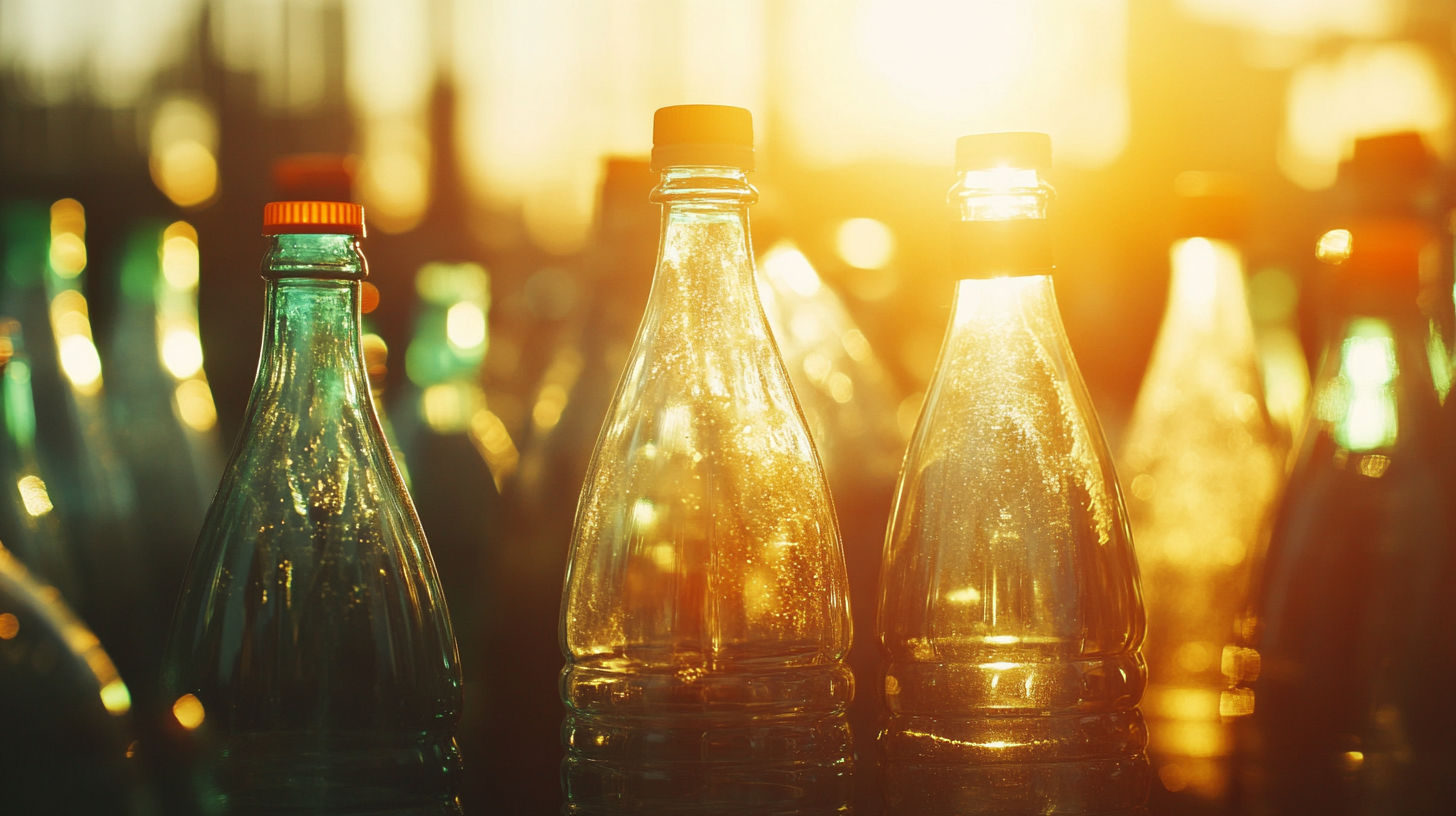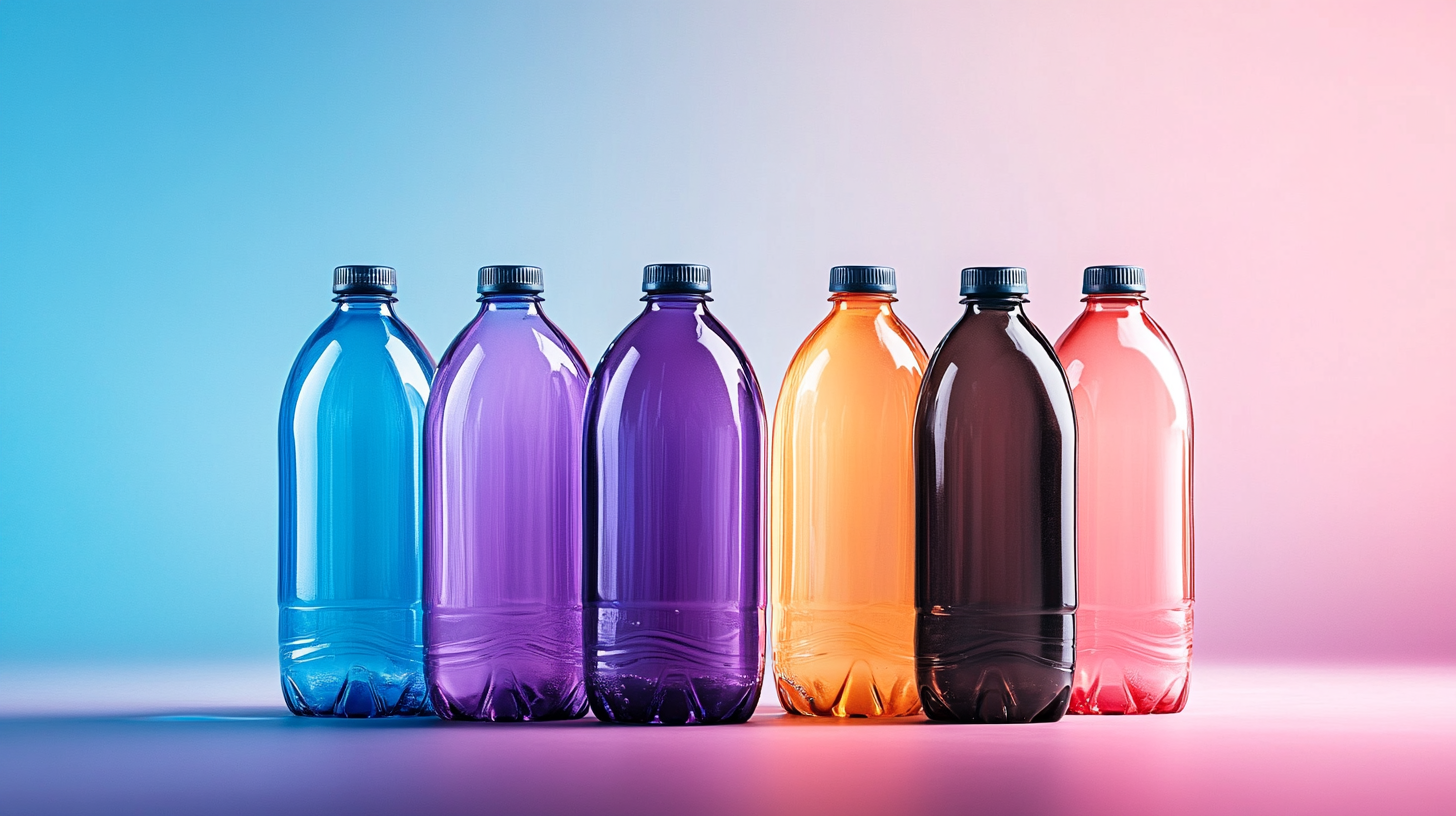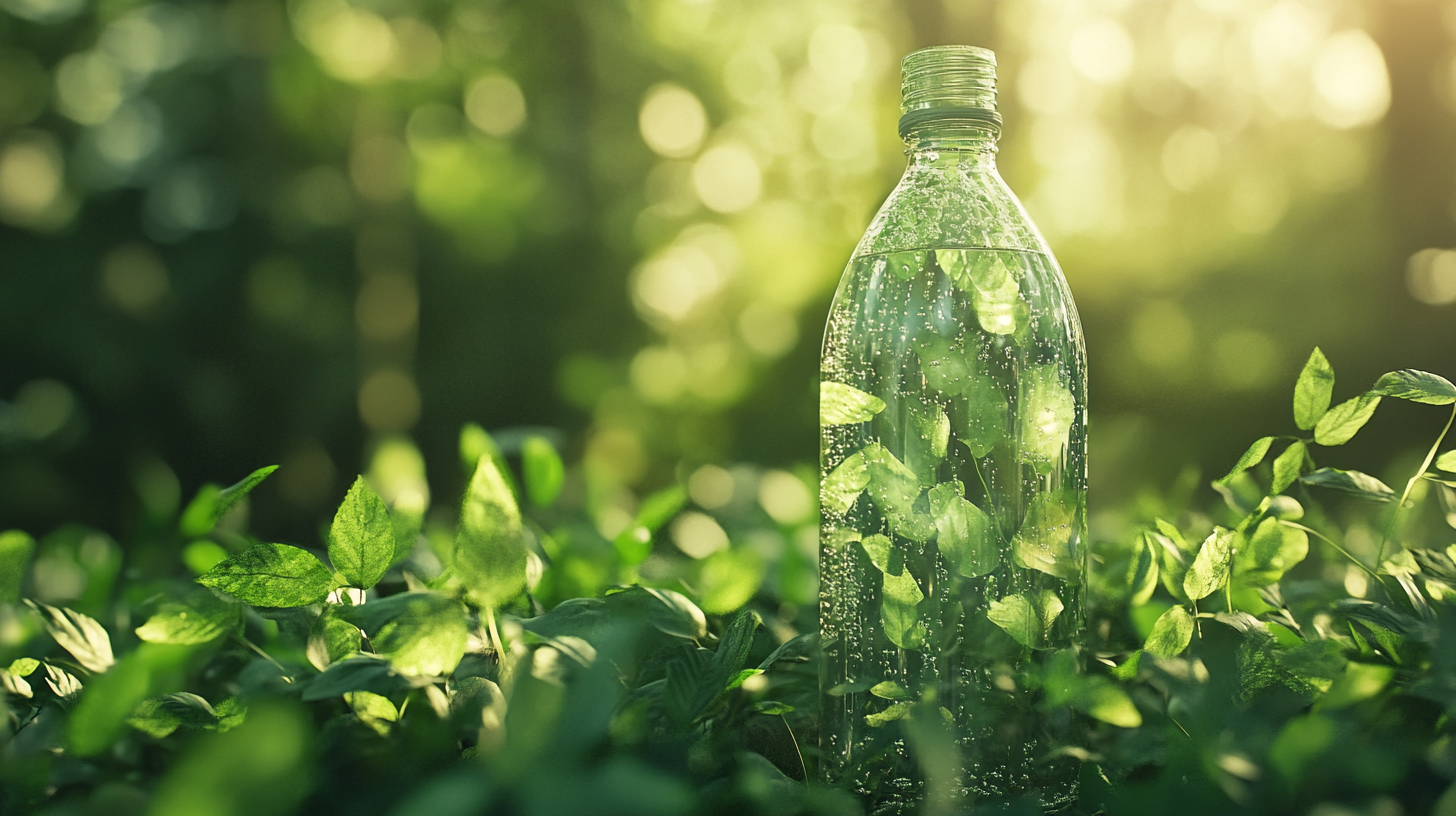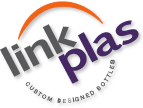Unlocking the Potential of Pet Bottles in Sustainable Packaging Solutions for Global Buyers
In an era where sustainability has become a cornerstone of global commerce, the exploration of innovative packaging solutions is more crucial than ever. Among these solutions, PET bottles have emerged as a frontrunner in the quest for eco-friendly packaging options. Known for their lightweight, durability, and recyclability, PET bottles not only serve as a practical choice for various products but also align with the growing consumer demand for sustainable practices. As businesses and buyers worldwide seek to reduce their carbon footprint and adopt greener alternatives, understanding the full potential of PET bottles in packaging is essential. This blog delves into how PET bottles are revolutionizing packaging solutions, highlighting their benefits, advancements in recycling technology, and the pivotal role they play in shaping a more sustainable future for industries and consumers alike.

Exploring the Global PET Bottle Market: Trends and Growth Projections for Sustainable Packaging
The global PET bottle market is witnessing significant growth, driven by the rising demand for sustainable packaging solutions. In recent years, industries have increasingly turned towards polyethylene terephthalate (PET) due to its recyclability and lighter weight, traits that align with the eco-conscious shift in consumer behavior. With the sustainable packaging market projected to grow significantly, estimated at $272.93 billion by 2030, PET bottles play a central role in this transformation. Their use in sectors such as food and beverages, pharmaceuticals, and personal care highlights their versatility and effectiveness in meeting sustainability goals.
Furthermore, the market for PET and PBT resin is also on an upward trajectory, with forecasts indicating a growth from $47.99 billion in 2024 to approximately $64.01 billion by 2029, at a CAGR of 6%. This increasing demand for recycled and high-performance plastics reflects a broader trend towards minimizing environmental impact while still meeting consumer needs. As global buyers continue to explore innovative packaging solutions, the potential of PET bottles as a sustainable option remains unlocked, paving the way for a greener future in packaging.
Unlocking the Potential of Pet Bottles in Sustainable Packaging Solutions for Global Buyers
| Market Segment | Market Size (USD Billion) | Growth Rate (%) | Key Players | Sustainability Initiatives |
|---|---|---|---|---|
| Beverage Packaging | 45.0 | 6.5 | Coca-Cola, PepsiCo | Recycling initiatives, use of rPET |
| Food Packaging | 20.0 | 7.2 | Nestlé, Unilever | Reduced plastic usage, compostable materials |
| Cosmetics Packaging | 15.5 | 5.0 | L'Oreal, Estée Lauder | Sustainable sourcing, refillable packaging |
| Pharmaceutical Packaging | 10.2 | 4.8 | Bristol-Myers Squibb, Pfizer | Child-resistant & sustainable options |
| Others | 5.0 | 3.5 | Various Startups | Innovative sustainable designs |
The Environmental Impact of PET Bottles: Recycling Rates and Lifecycle Assessments
The increasing global focus on sustainability has brought the environmental impact of PET (polyethylene terephthalate) bottles to the forefront of the packaging industry. According to the association of Plastics Recyclers, the recycling rate for PET bottles in the United States was approximately 27% in 2020. This reflects a significant opportunity for improvement, especially considering that recycled PET can save up to 66% energy compared to producing new PET from virgin materials. The circular economy model advocates for higher recycling rates to lessen the environmental burden associated with PET production and disposal.
Lifecycle assessments (LCAs) reveal that the environmental footprint of PET bottles varies greatly throughout their lifecycle. A study by the European Commission indicated that while producing PET has a higher impact in terms of greenhouse gas emissions, recycling dramatically mitigates these effects. It is estimated that each kilogram of recycled PET typically results in a reduction of 3.5 kg of CO2 emissions when compared to virgin PET. Furthermore, advancements in recycling technologies and the commitment to using recycled content in new bottles have begun to close the loop, meeting both consumer demand for sustainability and the industry’s need for efficient, environmentally friendly solutions.

Innovative Technologies in PET Bottles: Advancements Driving Circular Economy in Packaging
Innovative technologies in PET (polyethylene terephthalate) bottles are transforming the packaging landscape and driving a circular economy. Recent industry reports indicate that the global PET market is projected to reach USD 75 billion by 2026, with a compound annual growth rate (CAGR) of 4.5% from 2021 to 2026. Such growth is significantly influenced by advancements in sustainable recycling technologies that enhance the reusability of PET materials. For instance, breakthroughs in enzymatic recycling processes allow for the degradation of PET into its basic building blocks, enabling a more efficient recycling cycle that can fully restore the material for new bottle production.
Moreover, the adoption of biodegradable and bio-based PET is gaining traction. According to a report from the European Plastics Converters Association, using bio-based PET can reduce carbon emissions by up to 50% compared to traditional fossil-based PET. Companies are increasingly investing in these innovations, showcasing a commitment to sustainability that resonates with environmentally conscious consumers. Enhanced sorting technologies and automated recycling processes also play a crucial role, improving the efficiency of PET collection and recycling, which is essential for achieving the circular economy goals set forth by global initiatives.
Comparative Analysis: PET Bottles vs. Alternative Sustainable Packaging Solutions
The growing emphasis on sustainability in packaging has brought PET (polyethylene terephthalate) bottles to the forefront, especially in comparison to alternative solutions. PET bottles, celebrated for their recyclability and lightweight nature, emerge as a viable option for businesses looking to reduce their environmental footprint. With a recycling rate of over 20%, they are not only reusable but also contribute to a circular economy when properly processed.
Conversely, alternative sustainable packaging solutions such as biodegradable plastics and glass jars, while eco-friendly, present challenges that may limit their scalability. Biodegradable options can often degrade improperly if not disposed of correctly, undermining their environmental benefits. Glass, although recyclable, is heavier and more costly to transport, which can increase the overall carbon footprint. Thus, while each option has its unique strengths and weaknesses, PET bottles continuously prove themselves to be a sustainable choice for global buyers aiming to lessen their impact on the environment without sacrificing convenience or cost-effectiveness.
Comparative Analysis of PET Bottles and Alternative Sustainable Packaging Solutions
Consumer Preferences and the Rise of Eco-Friendly Packaging: Insights from Market Research
The growing emphasis on sustainability has dramatically reshaped consumer preferences, particularly in the packaging sector. Recent market research reveals that eco-friendly packaging options, such as those made from recycled PET bottles, are becoming increasingly favored by global buyers. This trend is driven by a heightened awareness of environmental issues, where consumers are not only concerned about the products they buy but also about the ecological footprint associated with packaging. Brands that prioritize sustainable practices stand to gain a competitive edge, as consumers actively seek products that align with their values.
Moreover, the rise of eco-friendly packaging is not just a passing trend; it's a fundamental shift in consumer behavior. Surveys indicate that a significant majority of shoppers are willing to pay more for products that come in sustainable packaging. This willingness reflects a growing commitment to environmental consciousness, encouraging brands to innovate and invest in sustainable materials like PET bottles. By embracing these solutions, companies can foster brand loyalty and attract a demographic that increasingly values eco-responsibility. The insights from market research clearly demonstrate that the future of packaging lies in sustainability, and aligning with consumer preferences will be crucial for businesses aiming to thrive in a competitive landscape.

CONTACT US
|
